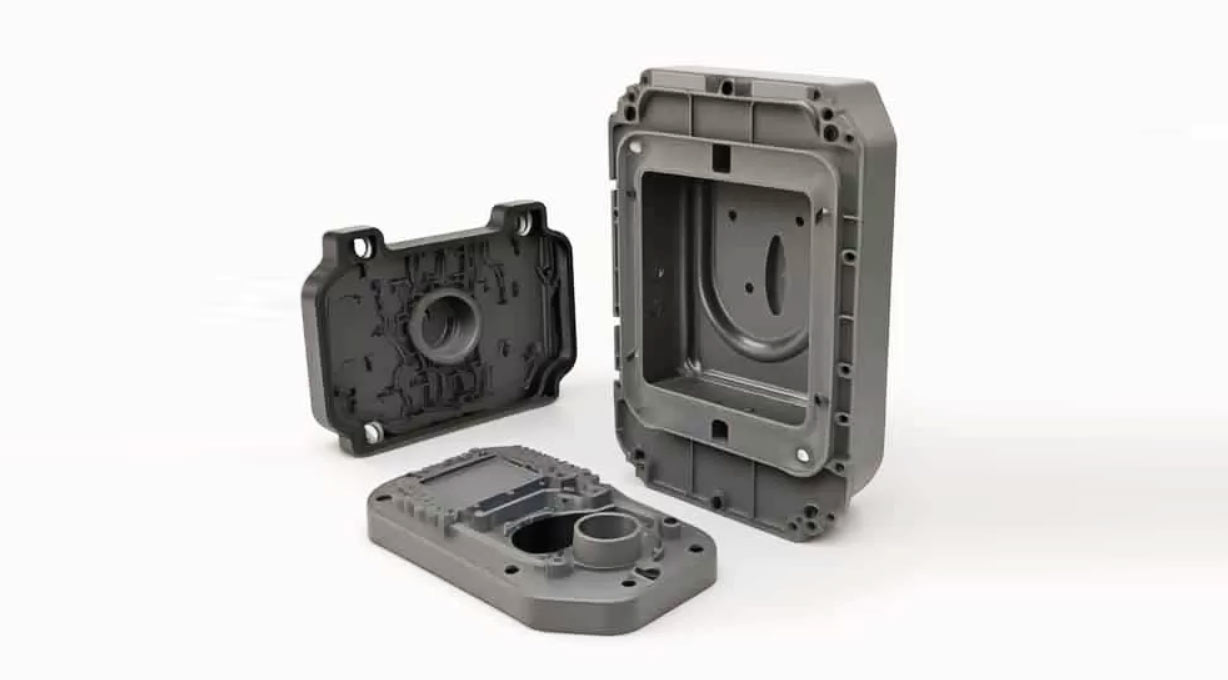Analysis and Solutions for Stress Marks in Injection Molding
This document provides a comprehensive analysis of stress marks in injection molding, detailing the core mechanisms of formation, key factors, countermeasures, material selection, quality monitoring, and typical case references to assist engineers in optimizing production processes and reducing defect rates.

Introduction
Injection molding stress marks, also known as light marks or bone shadows, are caused by a multitude of factors including materials, structures, molds, and processes. This document delves into the technical principles behind their formation and offers systematic solutions to help engineers pinpoint problems and enhance production efficiency.
Core Mechanism of Stress Mark Formation
- Flow Orientation Stress: Molecular chain orientation occurs during melt flow, resulting in residual stress due to shrinkage differences upon cooling and solidification.
- Uneven Thermal Shrinkage: Rapid cooling of outer layers with varying wall thicknesses leads to tensile stress on the inside.
- Mechanical Constraint Stress: Ejection systems and inserts hinder free shrinkage, causing localized stress concentration.
- Stress Release Performance: High-stress areas exhibit rearranged molecular chains, leading to microcracks or refractive index changes on the surface.
Influence of Material Properties
High modulus materials like PC exhibit more pronounced stress marks, while PP, due to its high crystallinity, is prone to cracking at thickness transitions.
Key Factors and Countermeasures
Product Structure Design Optimization
- Wall Thickness Uniformity: Avoid sudden thickness changes using gradual transitions, add crater structures in thick areas, and ensure rib thickness is within 60% of the main wall with adequate R angles.
- Topology Optimization: Utilize CAE software for stress prediction and chamfer ejector pins and inserts to minimize sharp corner stress.
Mold System Improvement
- Pouring System Design: Select suitable gate types and positions based on material properties and mold flow analysis to avoid stress concentration.
- Ejector System Optimization: Increase ejector pin density and use larger diameters, with nitrogen springs for timed ejection control.
- Cooling System Efficiency: Implement conformal cooling channels and zoned temperature control to minimize cooling rate differences.
Process Parameter Control
- Press Holding Curve: Optimize pressure stages to compensate for shrinkage and promote molecular chain relaxation.
- Temperature Field Coordination: Adjust melt and mold temperatures to reduce stress and cooling differences.
- Stress Relaxation: Employ in-mold annealing for high-stress materials and post-treatment annealing to eliminate residual stress.
Material Selection and Modification
- Base Materials: Prefer high fluidity grades and low shrinkage modified materials.
- Additives: Incorporate SBS for compatibility enhancement and nano calcium carbonate for stress distribution.
Quality Monitoring System
- Use infrared thermal imaging to monitor ejection temperatures.
- Employ polarized light stress meters for quantitative stress detection.
- Analyze defective parts using metallographic microscopes, DSC, and XRD, and establish stress mark grade standards for process optimization.
Typical Case References
- Case 1: Resolved bone shadow issues in an automobile PP instrument panel through design modifications and mold temperature adjustments.
- Case 2: Eliminated whitening in a PC mobile phone shell by altering the gate size, increasing melt temperature, and reducing holding pressure.